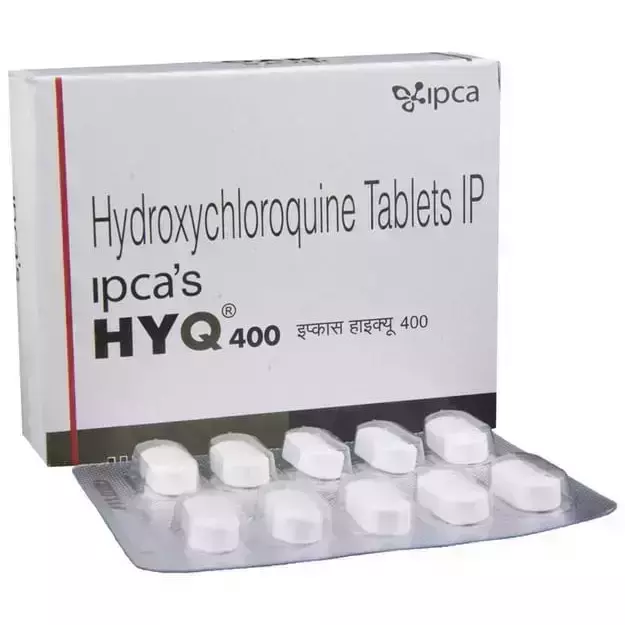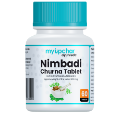Q Nine 300 Tablet is a prescription drug, available for use as Tablet. Primarily, it is used for the treatment of Malaria, Cerebral Malaria. Other than this, Q Nine 300 Tablet has some other therapeutic uses, which have been discussed ahead.
The optimal dosage of Q Nine 300 Tablet is largely dependent on the individual's body weight, medical history, gender and age. Dosage also depends on the route of administration and your chief complaint for which the drug is prescribed. Detailed information has been provided in the dosage section.
While these are the most often observed Q Nine 300 Tablet side effects, there are can be others also. These have been listed below. Usually, these side effects of Q Nine 300 Tablet go away soon, and do not persist beyond the duration of the treatment. Consult your doctor if these side effects become worse or stay for a longer duration.
It is also important to note that Q Nine 300 Tablet has a Severe effect for pregnant women and Mild effect on lactating mothers. It is important to know if Q Nine 300 Tablet has any effect on the kidney, liver and heart. Information on such adverse effects, if any, has been given in the Q Nine 300 Tablet related warnings section.
Q Nine 300 Tablet is contraindicated in people with pre-existing medical conditions like Myasthenia Gravis (MG), Bradycardia (Slow Heart Rate), Drug Allergy as it can result in adverse effects. Other conditions have been mentioned below in the Q Nine 300 Tablet contraindications section.
Drug interactions for Q Nine 300 Tablet have been reported in the medical literature. Refer to the list below for further details.
Along with the above-mentioned precautions, remember that taking Q Nine 300 Tablet is considered safe while driving, and is addictive.
X












